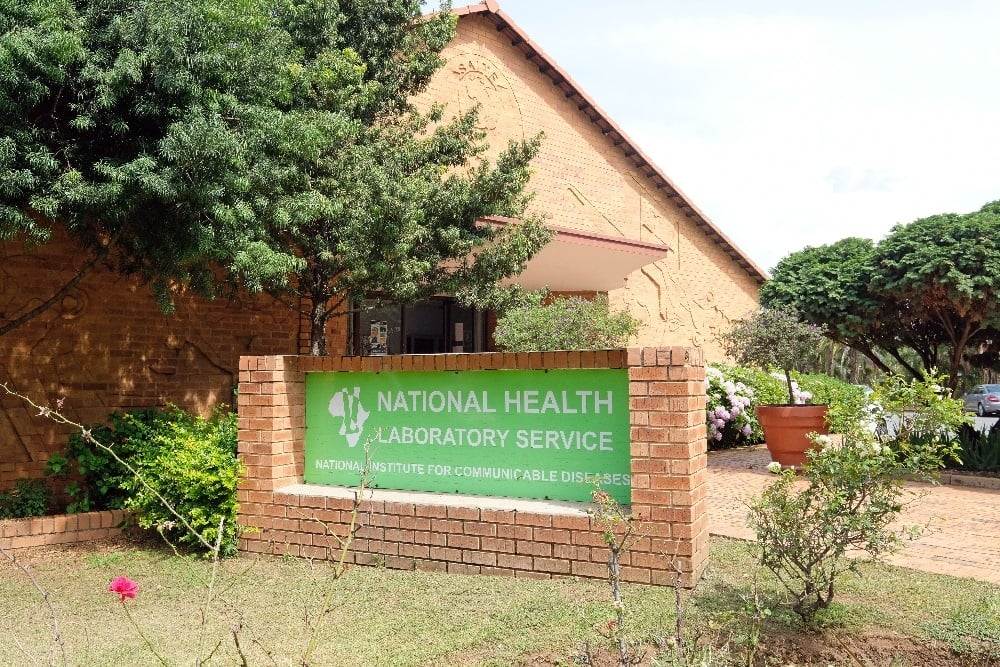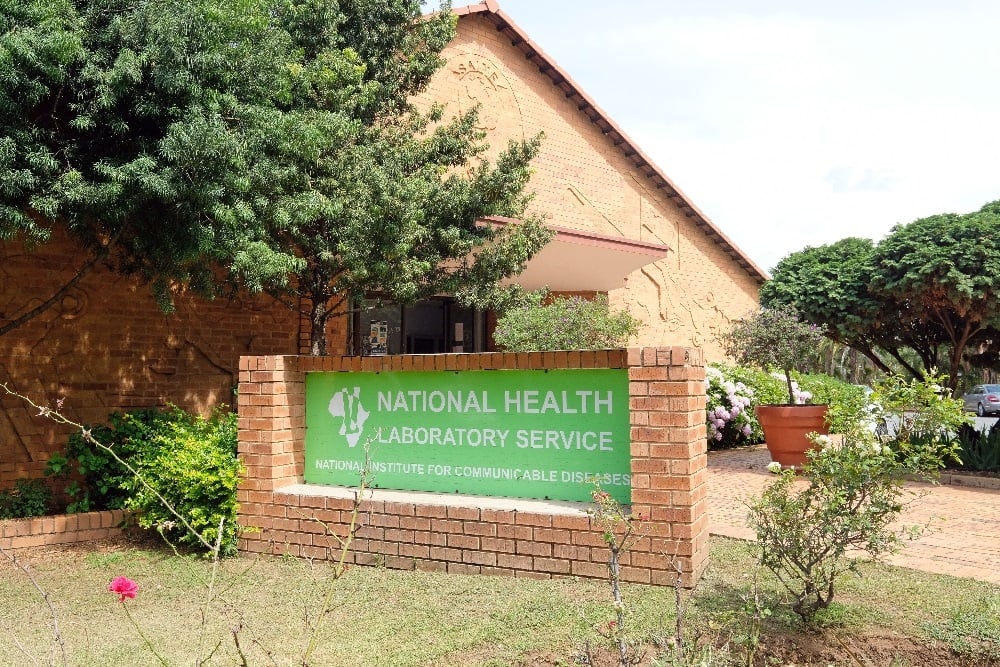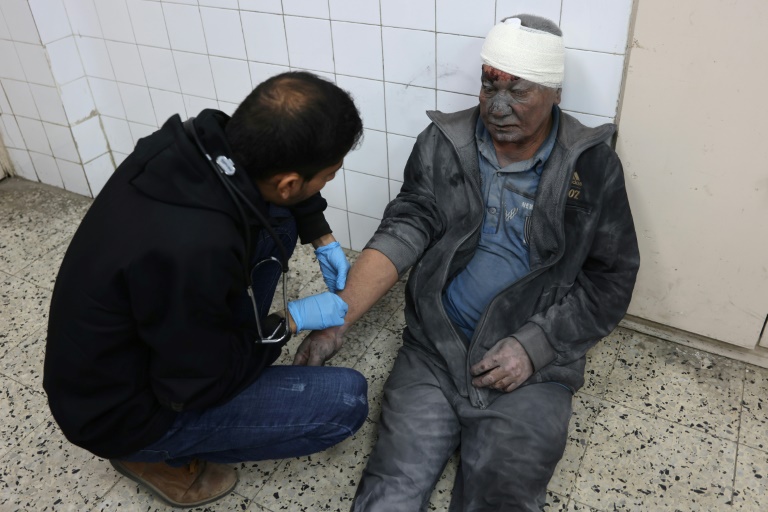News24 | Cyber attack on national health lab delays rollout of new test for children with TB

Top Stories Tamfitronics
Subscribers can listen to this article

The National Health Laboratory Service’s plans to pilot a new way for finding TB in kids have been put on hold after a cyber attack shut down computer systems at the state labs. (Dino Lloyd/Gallo Images)
- The National Health Laboratory Service’s plans to pilot a new way for finding tuberculosis in kids have been put on hold after a cyber attack shut down computer systems at state labs.
- South Africa isn’t doing well at finding children with TB, and just 60% of those with the disease are on treatment.
- That’s because finding TB in young children is tricky in the first place, as they usually have so little of the germs in their lungs that sputum tests often come back negative.
Plans to kick off a study this month to test a new way for finding tuberculosis (TB) in kids – by looking at their poop – have been put on hold after a cyber attack in late June shut downthe National Health Laboratory Service’s (NHLS) computer systems, but Farzana Ismail, a clinical microbiologist with the lab network, says it “remains a priority”.
Because of the IT problems at the country’s public pathology lab service, test results now have to be processed and reported manuallyslowing down feedback to doctors and patients – and upsetting plans like those for the TB testing study.
The pilot, in which stool samples were to be tested for signs of the TB germ, would have taken place over the next two months at six labs in Gauteng, the Eastern Cape and the Western Cape, she told Bhekisisa at the 8th TB Conference in Durban in early June.
Together with the National TB programme, they are working toward rolling out the method at labs nationwide, said Ismail.
Finding TB in children is difficult, because young kids (those younger than 5) often have only a small amount of the bacteria in their lungs.
This means the bug might not show up in a sputumsample (a mix of saliva and mucus from the airways), and so the test result could come back negative even though the child is actually sick with TB.
READ |Cyber attack paralyses SA public hospitals, leaving medical staff, patients in crisis
Around 27 000 children younger than 15in South Africa are thought to have TB– almost 10% of the country’s total cases– and about 40% of them went untreated in 2022. TB is the third biggest killer in this age group even though it is a preventable and curable disease.
Roughly six out of every 10 childhood TB casesare among kids under the age of 5, the group in whom it’s particularly difficult to pick up the TB bug.
The difficulty in getting good sputum samples from kids means other, often more uncomfortable, and sometimes painful, ways have to be used to get a specimen that will be good enough to give a reliable result.
For example, a health worker can take a sample from someone’s stomach (because people often swallow phlegm, which can contain TB germsif they’re infected).
But for this, a tube has to be fed through the child’s nose down into their stomach,and they can’t eat for three or more hours before the test.
South Africa’s guidelines on how to test and treat children for TB were last revised in 2013and, says Norbert Ndjeka, chief director for TB at the national health department, they are “impatiently waiting for the updated paediatric TB guidelines [to be published]” to help them better diagnose children, because “currently we???re not doing particularly well in this area”.
Stool is cool
“To improve specimen collection [in children]we’re trying to get to child-friendly methods, like [taking] a [mouth] swab or stool [sample]so that it’s not so invasive,” says Karen du Preez, a senior clinical researcher at the Desmond Tutu TB Centre.
“The reality is that because kids typically don’t have a lot of bugs, the diagnostic accuracy in the current tests is expected to be low.”
Using stool samples to test for TB will be included in the new guidelines, which are being written jointly by the health department and the TB Think Tanka group of experts who advise the government on policies for curbing TB infections, and follow after the World Health Organisation (WHO) published an update of their standards document in 2022.
The WHO has recommended testing faeces for TB since 2021 – and in countries like Vietnam, Zambia and Ukraine the method has been widely used.
Moreover, because the same rapid-result equipment can be used as for sputum tests, namely the GeneXpert machineany lab that’s already set up for this will be able to run tests on stool samples too.
READ |SA adopts single dose HPV vaccine regimen, extends govt-subsidised jabs to private schools
With a GeneXpert test, a sample (such as sputum or stool) can be analysed for TB within two hoursand in South Africamost labs where TB gets tested are equipped with such machines.
Findings from a systematic review of studies in Africa and Asia, where stool samples were used to test for TB, found that the bug was correctly picked up in, on average, about 67% of close to 1 700 cases.
This is in line with the WHO’s ideal sensitivity rate of 66% for rapid non-sputum-based TB tests in children. (Africa and Asia make up more than two-thirds of all TB cases globally.)
Correctly identifying kids who did not have TB was almost perfect when using the stool sample test, the review showed. (The stool test’s specificitywas 99%, meaning that only one out of every 100 test results was a false positive.)
Having a TB test with a high specificity means that fewer people will incorrectly be put on antibiotic treatment when they don’t need it, which can last between six and nine months and so add to the chances of drug-resistant germs developing.
In the same way, using a TB test that yields accurate results fast and so identifies kids who do have the germ, means that they can get onto treatment early, rather than having to wait for a bacterial culture test to be done, which can take two to six weeks.
DuPreez said:
The longer we wait [to make a diagnosis]the sicker someone can get.
Getting results from a culture test takes long because a small dish with a gel-like food source in which bacteria can growhas to stand at a suitable temperature for a few weeks to allow enough time for a clump of bacteria to grow.
Moreover, given that taking only one type of sample from children isn’t guaranteed to identify the bug in someone who is indeed sick, the WHO saysusing stool together with another specimen type may improve the chance of getting an accurate diagnosis.
What about other options?
Researchers are also looking at adding other ways of sample collection to the TB test choices. For example, taking a swab from someone’s mouth and or tongue may be promising.
*This story was produced by theBhekisisa Centre for Health Journalism. Sign up for thenewsletter.

We live in a world where facts and fiction get blurred
Who we choose to trust can have a profound impact on our lives. Join thousands of devoted South Africans who look to News24 to bring them news they can trust every day. As we celebrate 25 years, become a News24 subscriber as we strive to keep you informed, inspired and empowered.
Next on News24
WRAP | Yellow level 2 weather warning issued for Western Cape
11h ago




 Hot Deals
Hot Deals Shopfinish
Shopfinish Shop
Shop Appliances
Appliances Babies & Kids
Babies & Kids Best Selling
Best Selling Books
Books Consumer Electronics
Consumer Electronics Furniture
Furniture Home & Kitchen
Home & Kitchen Jewelry
Jewelry Luxury & Beauty
Luxury & Beauty Shoes
Shoes Training & Certifications
Training & Certifications Wears & Clothings
Wears & Clothings

















